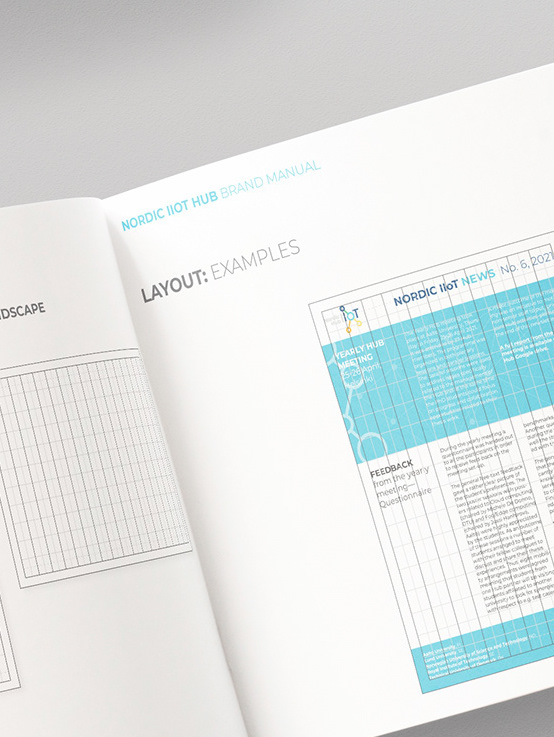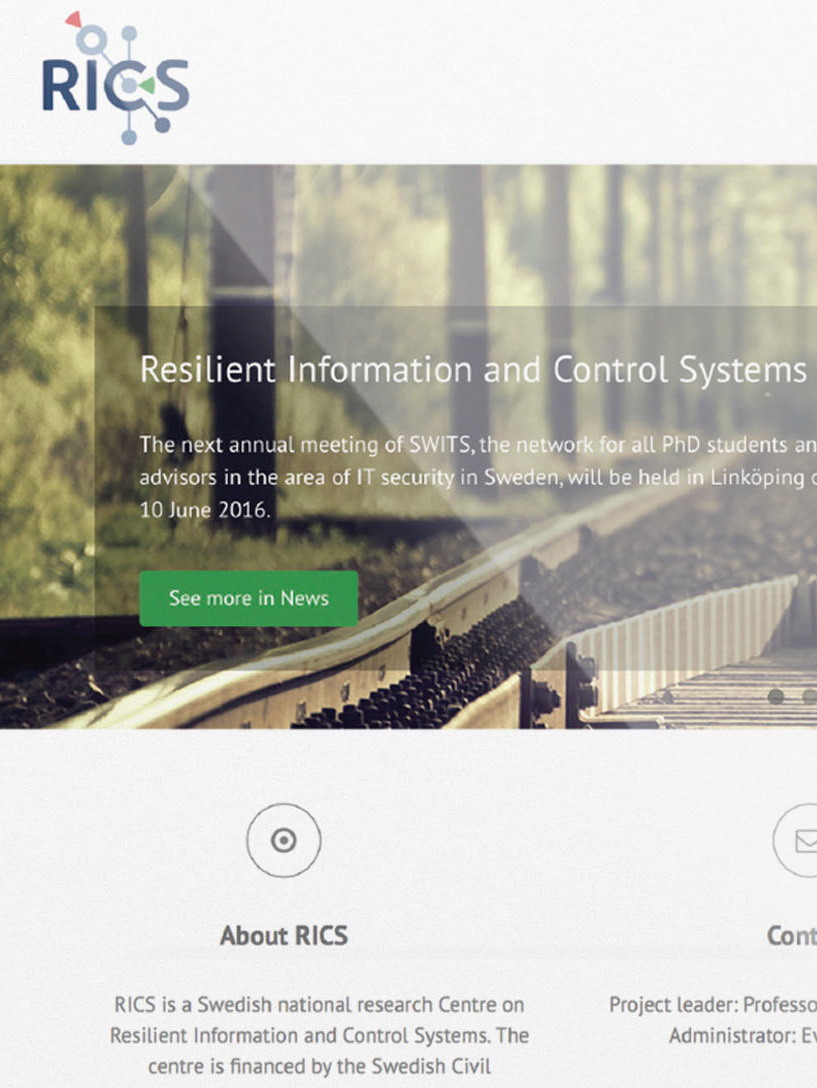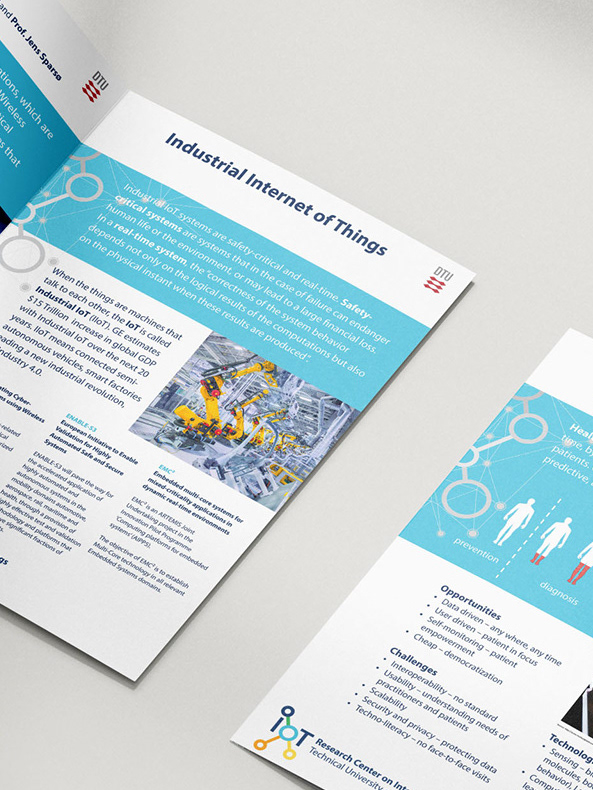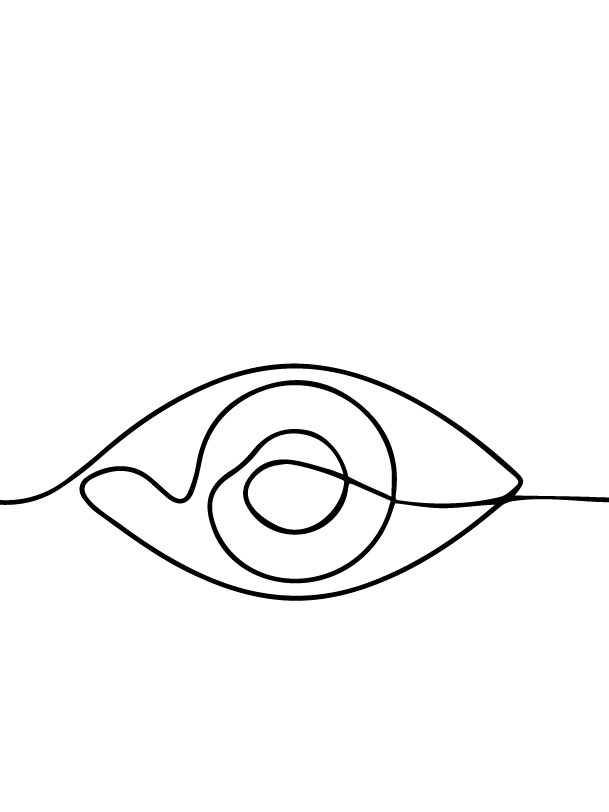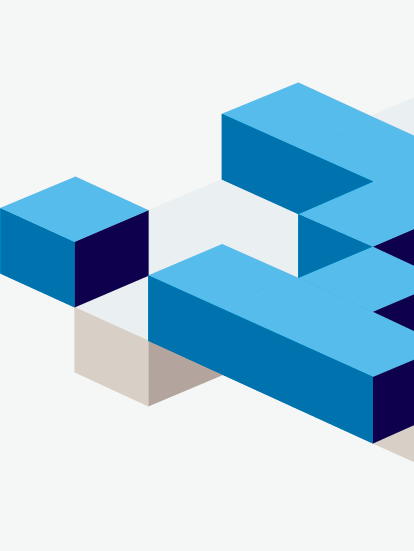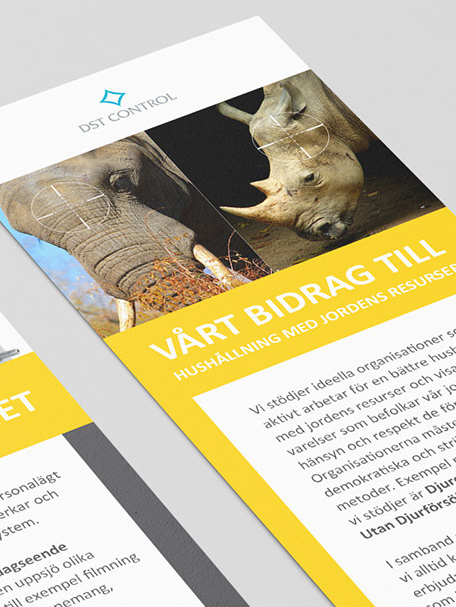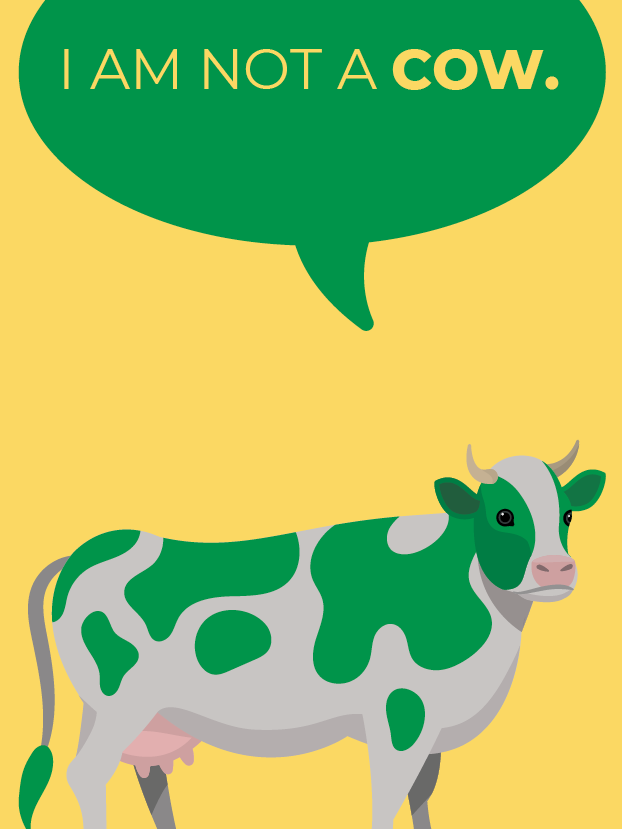Winter bathing in Denmark: The five-day Design Sprint and the user journey
But first, what's a Design Sprint?
A design sprint is a focused, five-day process to quickly gather insights on your users, prototype ideas, and validate them. The method originated at Google Ventures and, as they describe it: “it’s a ‘greatest hits’ of business strategy, innovation, behavior science, design thinking, and more — packaged into a battle-tested process that any team can use.”
It all started with a school project, in collaboration with my fellow colleagues: Poppy, Siobhan, Nathalia, and Nina. What I am presenting below is not the project itself, but a reflection on it and a personal follow-up on the solution we came up with.
All the graphical elements that follow are my own creations.
For a bit of background, in the group, we did a segmentation that was attractive to research because winter bathing is a concept that is incredibly popular in Denmark.
It was interesting to research what makes this activity so attractive to Danes and their reasons for loving jumping into cold water in the middle of winter. It was possible that others were missing out on a thrilling and health-beneficial activity.
It was interesting to research what makes this activity so attractive to Danes and their reasons for loving jumping into cold water in the middle of winter. It was possible that others were missing out on a thrilling and health-beneficial activity.
We did interviews, we used Empathy Mapping, Digital Ethnography, Schein's Cultural Analysis and the conclusion was that the best direction to go was an app, for easy bookings and overviews over the multiple options winter bathing clubs offer.
Interviews
“I am not getting sick as often.”
—Cristina, 33
Joined a club for the sauna and changing facilities. Health benefits and fun activity, fees happier, fresh, and optimistic. Feels like she doesn’t get sick as often. Likes nature and living healthy.
“If I can make my body stay in cold water, I can do anything.”
—Bogumila, 49
Bogumila likes to go winter bathing alone when she wants to. Started because she wanted to challenge herself mentally and physically. Loves to exercise (runs 10km before she winter bathes) and wants to be healthy. Feels refreshed and energized and gets less sick.
“It makes me feel alive, almost like a natural high.”
—Marie Louise, 49
Marie Louise is a long-time winter bather and she goes with her husband. She is a member of a club so that she can use the sauna and changing facilities. Feels rejuvenated afterward, which makes her feel alive. Her mood is improved and she feels like her blood circulation has improved. She loves nature.
“I am not getting sick as often.”
—Cristina, 33
Joined a club for the sauna and changing facilities. Health benefits and fun activity, fees happier, fresh, and optimistic. Feels like she doesn’t get sick as often. Likes nature and living healthy.
“If I can make my body stay in cold water, I can do anything.”
—Bogumila, 49
Bogumila likes to go winter bathing alone when she wants to. Started because she wanted to challenge herself mentally and physically. Loves to exercise (runs 10km before she winter bathes) and wants to be healthy. Feels refreshed and energized and gets less sick.
“It makes me feel alive, almost like a natural high.”
—Marie Louise, 49
Marie Louise is a long-time winter bather and she goes with her husband. She is a member of a club so that she can use the sauna and changing facilities. Feels rejuvenated afterward, which makes her feel alive. Her mood is improved and she feels like her blood circulation has improved. She loves nature.
“I love it! I like to go with my family when I am visiting them. It is really hyggeligt.”
—Clara, 23
Clara goes winter bathing with her family and has been doing it since she was 17, as they moved close to the beach. Feels awake after and has a lot of adrenaline. Find it interesting to push herself to do something she doesn’t want to. Feels happy afterward and that her blood circulation is better. Considers herself a healthy and active person, bikes regularly.
“It’s a great hack to bring more happiness to my life when the weather is cold and kind of depressing.”
—Stephen, 31
Stephen is one resident who tries to swim in Copenhagen harbor at least once a week. “It resets my mind, especially when I’ve had a long day at work or I’m a bit hungover.”
“I suffer from mild winter depression.”
—Mikkel, 43
Mikkel has been a club member for more than 10 years. At least once a week he swims in the sea near his home in Copenhagen or at his winter swimming club. He believes a winter swim can help alleviate winter blues. “When you throw yourself into the cold water and then into a boiling sauna, it gives you energy and an enormous endorphin kick.”
—Clara, 23
Clara goes winter bathing with her family and has been doing it since she was 17, as they moved close to the beach. Feels awake after and has a lot of adrenaline. Find it interesting to push herself to do something she doesn’t want to. Feels happy afterward and that her blood circulation is better. Considers herself a healthy and active person, bikes regularly.
“It’s a great hack to bring more happiness to my life when the weather is cold and kind of depressing.”
—Stephen, 31
Stephen is one resident who tries to swim in Copenhagen harbor at least once a week. “It resets my mind, especially when I’ve had a long day at work or I’m a bit hungover.”
“I suffer from mild winter depression.”
—Mikkel, 43
Mikkel has been a club member for more than 10 years. At least once a week he swims in the sea near his home in Copenhagen or at his winter swimming club. He believes a winter swim can help alleviate winter blues. “When you throw yourself into the cold water and then into a boiling sauna, it gives you energy and an enormous endorphin kick.”
Siobhan made the effort and put it all in this beautiful Adobe XD prototype:
https://xd.adobe.com/view/2cf9ee16-e602-44d7-af3e-4891c89e5edd-79aa/?fullscreen&hints=off
https://xd.adobe.com/view/2cf9ee16-e602-44d7-af3e-4891c89e5edd-79aa/?fullscreen&hints=off
But no solution is ready until you test it.
We managed to perform some interviews and test the app. Even though we got some positive feedback regarding the brand of the app, our prototype was a failure to the core.
The positive part:
After testing the app, users were very happy with the option of direct communication between clubs and members and with the organized timetables, using the booking system.
The positive part:
After testing the app, users were very happy with the option of direct communication between clubs and members and with the organized timetables, using the booking system.
But the negative was overwhelming, and I am considering our solution a failure.
Users were not willing to use technology in connection with winter bathing and more drastically, were not willing to bring their phones. And the app was too expensive for the clubs to implement.
Also, users found the colors to be too cold, which I personally see as a funny fact, considering the nature of the activity.
Users were not willing to use technology in connection with winter bathing and more drastically, were not willing to bring their phones. And the app was too expensive for the clubs to implement.
Also, users found the colors to be too cold, which I personally see as a funny fact, considering the nature of the activity.
We failed because we didn’t have a well-defined problem. We had a randomly chosen segment within our target audience and we didn’t properly understand their values and beliefs, their pain and gain. Getting to know the audience in order to define the problem is essential. Design Sprints are a structured way to find a solution, for a well-defined problem. You must always start a Sprint with a well-defined challenge. The biggest misuse of Design Sprint is when you try to use it to define or decide what problem to solve.
Let's look at the difference between Design Sprint and Design Thinking.
For example, Design Thinking has an obsessive focus on establishing an empathetic connection with the target group. And it is a looping process. Once you refine your ideas and learn more through prototyping and testing, you can return to problem definition and explore other directions.
Meanwhile, Design Sprint is a flat, linear process.
For example, Design Thinking has an obsessive focus on establishing an empathetic connection with the target group. And it is a looping process. Once you refine your ideas and learn more through prototyping and testing, you can return to problem definition and explore other directions.
Meanwhile, Design Sprint is a flat, linear process.
So how do we properly start a Sprint? In our case, where do we need to go back? What do we need to improve in order to find a viable problem and a relevant solution?
We need to define our target audience better. We need to start by defining better segments. We looked into demographic and geographic segmentation, but in the end age, gender, income, place of leaving was not important.
We need to look into:
Psychographic segmentation: the WHY. What are their values and beliefs?
And do better Ethnographic research, to understand how people experience winter bathing and make sense of it, to gain insights that go beyond our assumptions. It's true though, that due to Corona, we only did digital ethnography, we didn't have direct contact with our target group.
We need to define our target audience better. We need to start by defining better segments. We looked into demographic and geographic segmentation, but in the end age, gender, income, place of leaving was not important.
We need to look into:
Psychographic segmentation: the WHY. What are their values and beliefs?
And do better Ethnographic research, to understand how people experience winter bathing and make sense of it, to gain insights that go beyond our assumptions. It's true though, that due to Corona, we only did digital ethnography, we didn't have direct contact with our target group.
And then we have to ask the 3 questions in Design Thinking:
Desirability: What makes sense to people and for people? Do customers care for modern solutions? And, will this solution improve users' experience with winter bathing?
Feasibility: Is our solution technically possible within the foreseeable future?
Viability: Is our solution likely to become part of a sustainable business model?
Desirability: What makes sense to people and for people? Do customers care for modern solutions? And, will this solution improve users' experience with winter bathing?
Feasibility: Is our solution technically possible within the foreseeable future?
Viability: Is our solution likely to become part of a sustainable business model?
We looked into quantitative data (secondary data, reports, databases, online survey) and not so much into qualitative data (primary data, observations, interviews). We need to understand their motivation better. For example, why has winter bathing become so popular lately?
We had an empathy map, to give us an overview of the personality of our target audience and what matters to them. But it was based on very few interviews. We had users' persona, but it was not based on the ideal customer.
But looking at Schein’s culture model, what are the Basic assumptions, besides artifacts and espoused values? What are the needs that customers are looking to satisfy through winter bathing? What are the values and beliefs of our target group? People recall emotions, not reason.
We had an empathy map, to give us an overview of the personality of our target audience and what matters to them. But it was based on very few interviews. We had users' persona, but it was not based on the ideal customer.
But looking at Schein’s culture model, what are the Basic assumptions, besides artifacts and espoused values? What are the needs that customers are looking to satisfy through winter bathing? What are the values and beliefs of our target group? People recall emotions, not reason.
And to come back to Design Thinking, in the end, we need to answer the basic questions:
What makes sense to people and for people? Do customers care for modern solutions? And, will this solution improve users' experience with winter bathing?
Is our solution technically possible within the foreseeable future?
Is our solution likely to become part of a sustainable business model?
What makes sense to people and for people? Do customers care for modern solutions? And, will this solution improve users' experience with winter bathing?
Is our solution technically possible within the foreseeable future?
Is our solution likely to become part of a sustainable business model?

